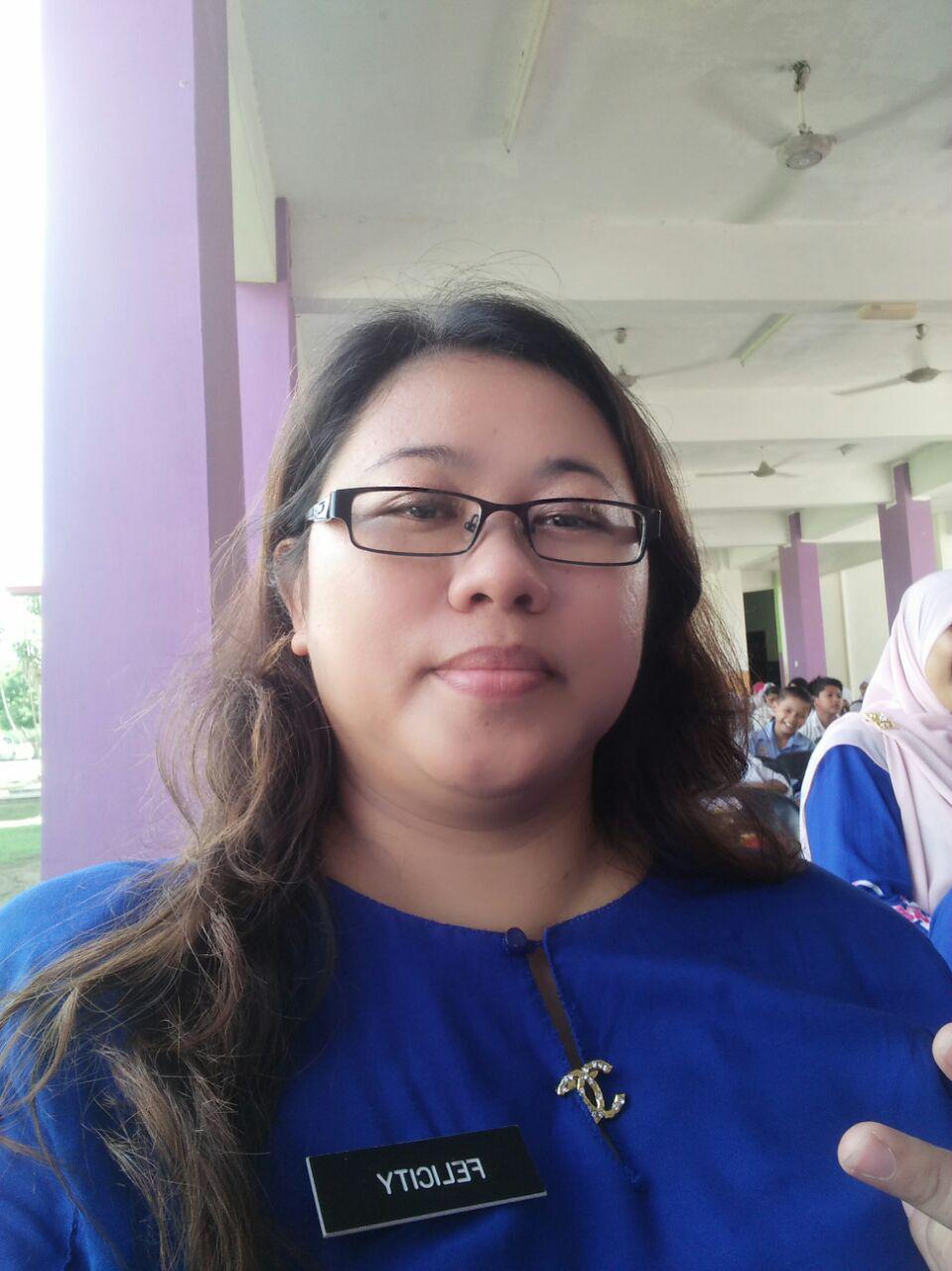|
by Michelle Petrus Overview
I always believe that younger generation is the key to a better future. I was fortunate to be introduced to the technology of Arduino and coding from Chumbaka to encourage young pupils, especially in low-resource primary schools, to use technology and to innovate. This article will describe the learning journey of a group of children on a remote island in Kudat, Sabah: from knowing nothing about electronic components to developing an innovation that they called the ‘Smart Bin.’ This learning journey had not only opened up a new world of learning opportunities for the pupils; it had also given them the chance to serve their community by solving the lingering problems of trash around the island.
1 Comment
by Felicity F. Malanggin
Summary
Most of the year 6 pupils in SK Kota Marudu 2 performed poorly in their writing tests because they disliked writing. The lack of motivation also contributed to their reluctance to write. This project will look into how digital storytelling can help ignite pupils’ interests in story-writing and improve their performances in story-writing tests. The tools used for developing digital storytelling had to be limited to offline resources with Microsoft PowerPoint as the main platform due to constraints involving the availability of hardware and software as well as poor Internet connectivity.
by Connie Bernard Maskilone
Summary
My Form 5 students were always bored and lacking in enthusiasm when completing their tasks for the School-Based Oral Assessment (SBOA). This project was conducted as an intervention to encourage the Form 5 students of SMK Tebobon, Kota Kinabalu, Sabah to do their SBOA in fun and creative ways. Through observations and brainstorming of ideas conducted in the classroom, I discovered that the students were not interested in doing the oral test the ‘old’ ways. In this article, I would share how an Instagram video-making project can act as an intervention to make SBOA more engaging and interesting. The students’ performances in the progress test showed tremendous improvement, and the students were also able to complete their videos and scripts within the time frame given. The findings from this project suggest that the video-making and Instagram project was able to improve the students’ speaking skills and engage reluctant speakers to converse in the targeted language. by Tok Fen Fen Summary
The call to emigrate from analog to digital was answered when our PLC organised a series of Going Digital workshops. Being a digital immigrant, the decision to venture into the unknown with 28 Form 5 students was made. This article aims to present the possibility of a newly emigrated digital-teacher to actually introduce and carry out an online classroom project and the students’ responses. A programme called PowToon was introduced to the students. PowToon is an online programme that allows its users to create animated videos and presentations. A period of 2 weeks was used to carry out this project and the results were extremely encouraging. It was found that with technology, classroom time was more student-centred and students became more autonomous in the course of completing their project. Reflections from the students collected at the end of the project suggest that the use of digital technology is welcomed and the teacher’s limited knowledge in technology should not be a hindrance. Fun assessments? Exploring the use of Kahoot! to gauge students’ mastery at the end of a topic11/3/2020 by Perry Ronald Lim Summary
The word assessment does not usually stimulate positive feelings in many people, be they students or teachers. Quite often, assessment is likened to a necessary evil; although not pleasant, it is something that has to be done. It is carried out to measure how well students have acquired the knowledge that our lesson plans say they have supposedly learned. Often times as well, such assessments are formal and tedious for both the teacher and the student. Is there some way, then, to make assessments less stressful for both parties; is it conceivable to even use the words fun and assessment in the same sentence? These questions begged an answer. This article attempts to show the viability of using Kahoot! as an exciting and invaluable tool for end-of-topic assessments. Kahoot! not only provides enough data for the teacher to make an informed decision on the direction of subsequent lessons, but also creates a thoroughly enjoyable environment while obtaining that data.
by Abdul Aziz bin Arsyad
Summary
Truth be told, when a new programme intended to improve students’ language performance is introduced to be executed in schools, most of the effort will come from teachers. This was precisely what transpired when the latest move by the Ministry of Education to introduce Highly Immersive Programme (HIP) in schools was initiated in 2016. This article aims to look at an initiative called The 60-Second Project done at Sabah Malaysian Sports School and the possibility of it encouraging students to be self-driven instead of being coerced to take part. The 60-Second Project involves several technological platforms in its implementation including video-making apps and WhatsApp to reach out to every member of the school and all students’ parents. Although the implementation of the 60-Second Project is still ongoing, it can be observed thus far that students’ involvement and motivation are higher as compared to the old ways of conducting English language-related activities. |
Categories
All
|






